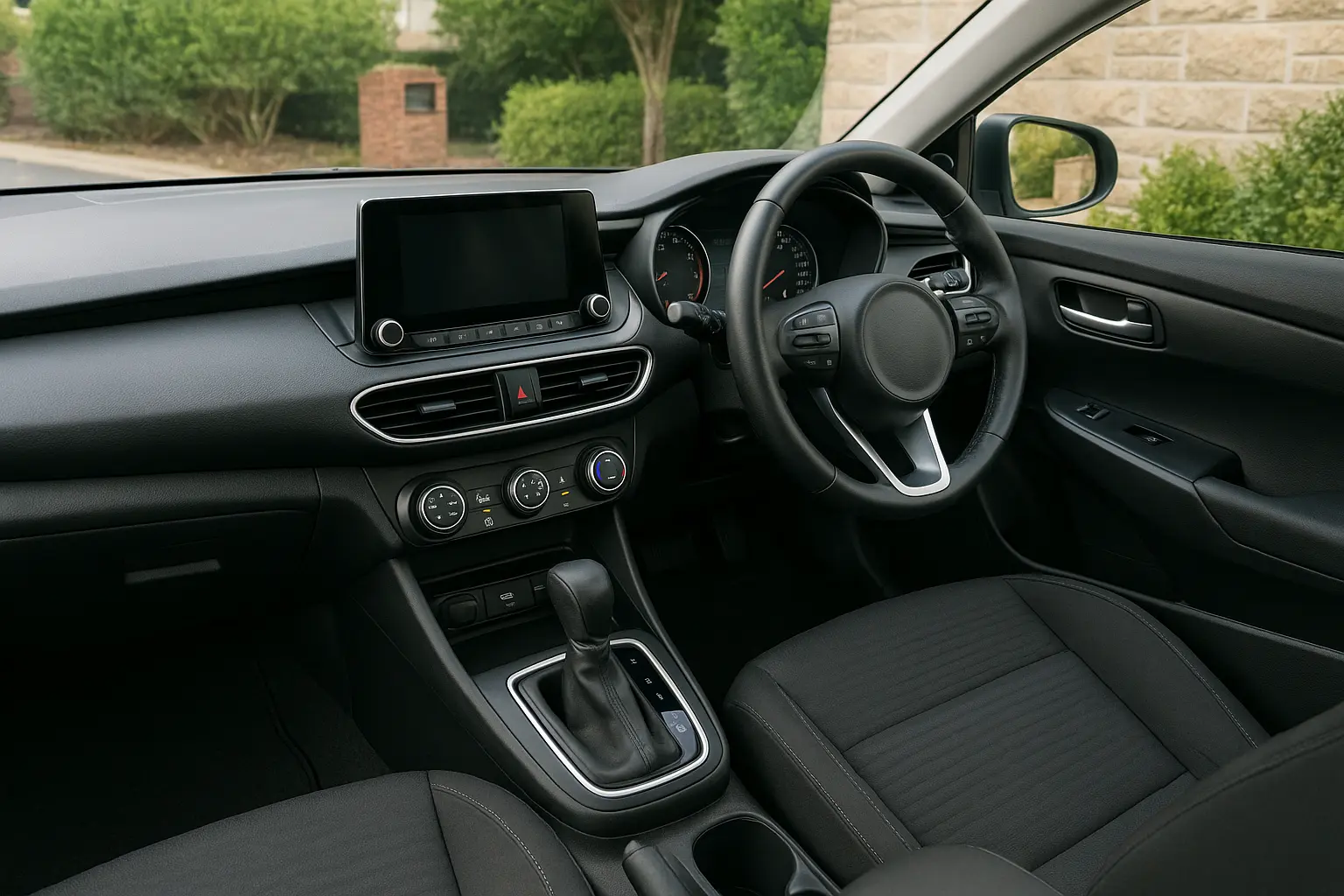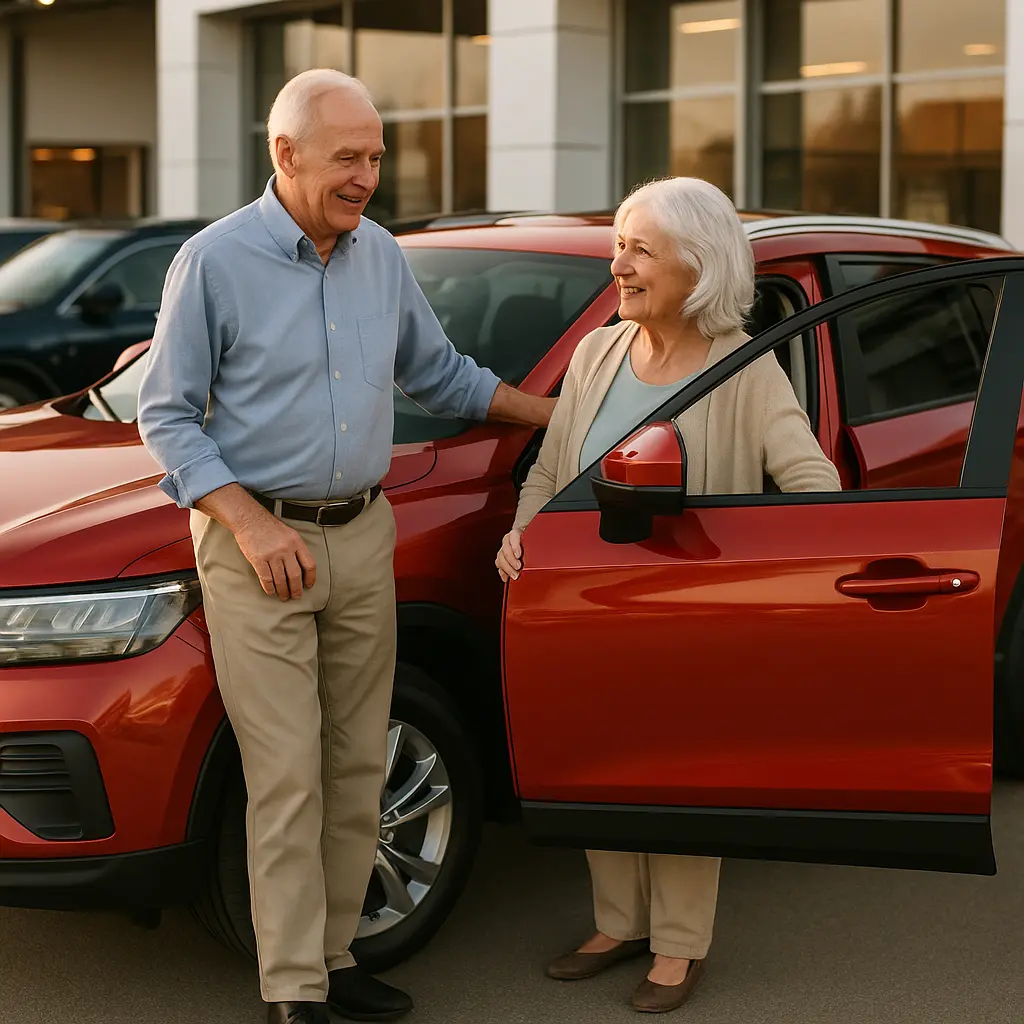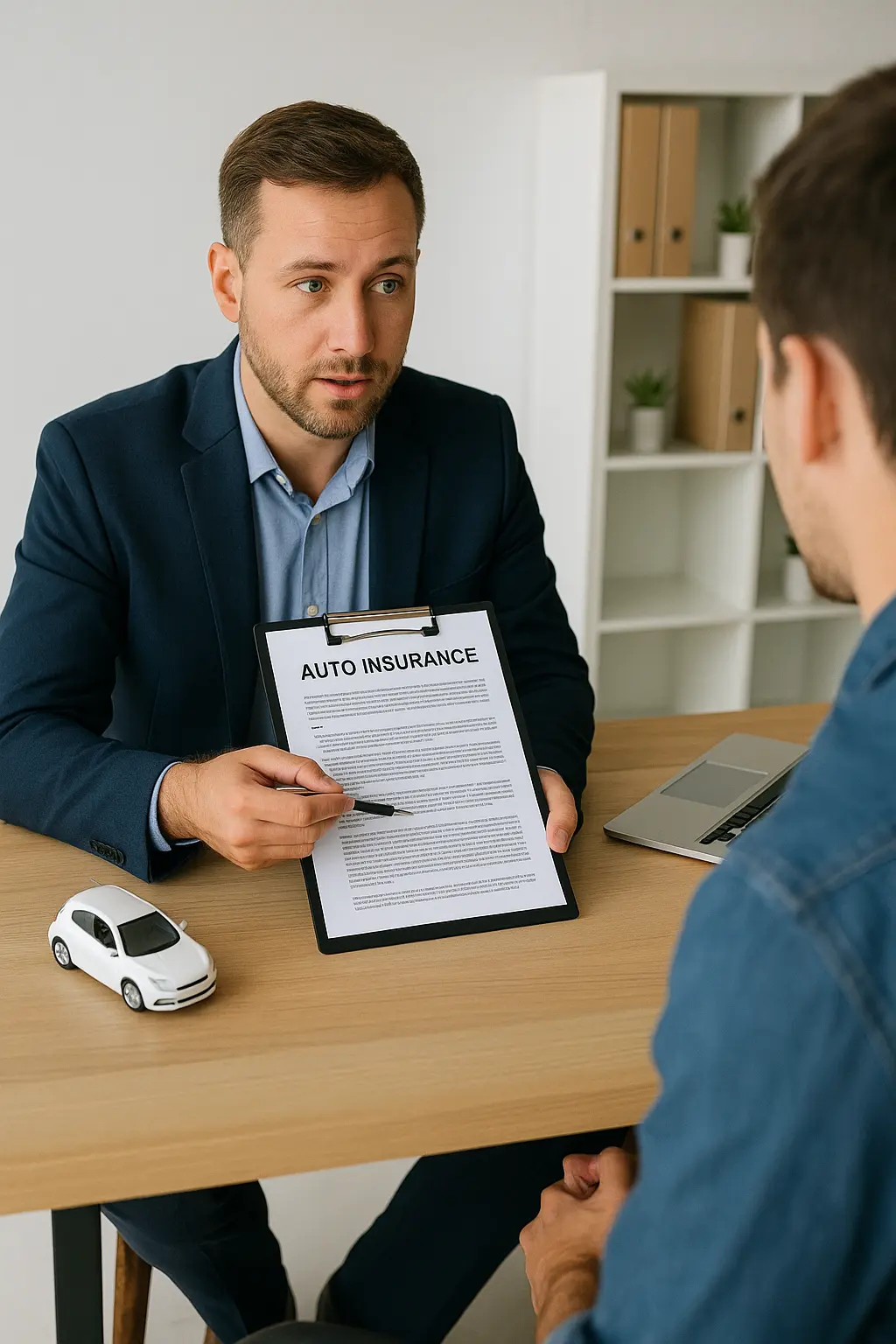How to Sell Your Car Faster in 2025 – Online and In-Person Tips

Selling a car in 2025 is no longer a simple classified ad in the local paper or a handwritten “For Sale” sign in your rear window. The Australian car market has evolved rapidly, with digital platforms dominating how buyers search and how sellers list. Whether you're upgrading to a new ride, switching to an EV, or simply decluttering your garage, this comprehensive guide will help you sell your car faster—whether online or in person.
Let’s break down the smart strategies, tools, and market insights to make sure your car doesn’t just sell—but sells quickly and for the best price possible.
📊 Understanding the 2025 Australian Car Market
1. Buyer Behaviour Has Shifted
In 2025, Aussie car buyers are digital-savvy and research-driven. According to recent surveys:
- Over 85% of car buyers research online before even contacting a seller.
- 70% of used car buyers prefer private sales via digital platforms over dealerships.
- Sustainability, service history, and price transparency matter more than ever.
2. Supply Chain and Demand Still Affected by 2020s Trends
While supply chain issues from the early 2020s have largely stabilised, certain used car models still hold higher resale value due to limited availability or long wait times for new cars.
🔍 Step 1: Decide Where to Sell – Online vs In-Person
✅ Selling Online in 2025
The online space offers massive reach and convenience. Top platforms in Australia include:
- Carsales
- Drive
- Facebook Marketplace
- Gumtree
- Autotrader
Pros:
- Wider audience reach
- Faster response from interested buyers
- Convenient and time-saving
- Easy comparison with similar listings
Cons:
- Higher competition
- Potential scams (always verify buyer identity)
- Time-consuming message replies
✅ Selling In-Person or Locally
Selling directly within your community can feel more personal and secure.
Best Methods:
- Local noticeboards
- Car meets or auto events
- Referrals through friends/family
- Dealership trade-ins (fast but lower offers)
Pros:
- Local buyers can inspect the car immediately
- Reduced transportation hassle
- More trust in face-to-face transactions
Cons:
- Limited buyer pool
- May take longer without online exposure
🧽 Step 2: Prep Your Car for Sale – Looks and First Impressions Matter
Before snapping photos or talking to buyers, make sure your car is in prime condition.
✔️ Exterior Presentation
- Professional Wash & Wax: Spend $100–$150 on a good detail—it’ll pay off.
- Scratch & Dent Repair: Minor fixes can boost resale value significantly.
- Tyres: Check tread depth and clean the rims. Bald tyres may turn buyers off.
✔️ Interior Clean-Up
- Vacuum and Steam Clean Seats
- Wipe All Surfaces (Dashboard, console, windows)
- Air Freshener or Neutralise Odours
- Remove Personal Items
✔️ Under the Hood
- Top up fluids: oil, coolant, brake, washer
- Replace the battery if older than 3 years
- Get a quick inspection to detect minor issues (and fix them before listing)
📝 Step 3: Gather Essential Documentation
Buyers will want to see proof that your car has been properly maintained and legally cleared.
Must-Have Documents:
- Registration papers
- Service history/logbook
- Roadworthy Certificate (RWC)
- Finance payout letter (if applicable)
- Vehicle history report (e.g., PPSR check)
Pro Tip: A full-service history can boost your resale price by hundreds—or even thousands.
💸 Step 4: Set the Right Asking Price
Getting your price right is crucial if you want to sell quickly.
How to Price Your Car:
- Check similar listings on Carsales or Drive
- Use valuation tools like RedBook or Glass’s Guide
- Factor in extras like new tyres, accessories, or extended warranty
- Leave room for negotiation – Aim 5–10% above your lowest acceptable price
Avoid setting the price too high—it can cause your listing to stagnate.
📸 Step 5: Create a Killer Listing
📷 Photos Matter More Than You Think
- Use a clean background and natural daylight
- Include 15–20 photos: front, rear, sides, interior, engine bay, boot
- Show close-ups of tyres, service sticker, infotainment, odometer
- Highlight unique features (sunroof, touchscreen, tow bar, etc.)
📝 Write an Honest, Compelling Description
Include:
- Make, model, year, variant
- Kilometres driven
- Fuel type and transmission
- Condition (be honest about dents or known issues)
- Service history, RWC status
- Reason for selling
- Your location and contact method
Example:
"2021 Toyota Corolla Ascent Sport Hatch – 68,000km, Full Service History, Immaculate Condition. Always garaged. Rego till March 2026. RWC provided. Selling due to upgrade. Located in Brisbane."
🗓 Step 6: Timing Your Sale
Best Times to Sell:
- Start or end of financial year (EOFY sales, tax refunds)
- January (New Year upgrades)
- Spring (more foot traffic and better weather)
- Avoid winter months or public holiday weeks unless urgent
🧠 Step 7: Understand Buyer Psychology
Aussie buyers in 2025 are cautious and informed.
What They Care About:
- Transparency: Include service history, accident-free claims, RWC
- Fuel Economy: Mention official L/100km rating
- Resale Value: Good for families or future trade
- Smart Features: Apple CarPlay, dash cams, ADAS safety
- Ownership Costs: Insurance, fuel, servicing
If you can tick these boxes in your listing or offer proof, your car will stand out.
🤝 Step 8: Negotiation & Test Drives
Be ready to talk price—but be smart about it.
Price Negotiation Tips:
- Know your bottom line before anyone shows up
- Be confident in the condition and value of your car
- Don’t cave on the first offer unless it’s fair
- Offer small perks instead of price cuts (e.g., include recent service, accessories)
During Test Drives:
- Always accompany the buyer
- Check their licence
- Choose a quiet, safe route
- Ensure your insurance covers test drives (or arrange a short-term policy)
📄 Step 9: Closing the Deal and Payment
Secure Payment Methods:
- Bank Transfer (fast, traceable)
- Bank cheque (verify authenticity)
- Cash (only in safe public places)
Avoid:
- Overseas transfers
- PayPal or crypto
- Buyers who overpay and ask for a refund
Final Steps:
- Fill out a Notice of Disposal (online or via your state’s transport authority)
- Cancel or transfer your rego and insurance
- Provide all keys, manuals, and receipts
- Keep a signed receipt of sale
🚫 Common Mistakes to Avoid When Selling a Car
- Overpricing and refusing to budge
- Listing poor-quality or incomplete photos
- Ignoring messages for too long
- Being vague in your description
- Hiding mechanical problems
- Not researching the value beforehand
- Failing to prep documents
- Leaving personal info in infotainment systems
- Not transferring ownership properly
- Ignoring post-sale admin like cancelling insurance
🚗 Bonus Tips to Sell Faster
- Offer delivery or meet halfway for interstate buyers
- Bundle with extras (floor mats, service voucher, roof racks)
- Promote on multiple platforms simultaneously
- Use keywords in your title (e.g., “Toyota Camry 2020 Hybrid – Full History”)
- Respond fast to inquiries—it signals trust and readiness
- Get a pre-sale inspection to reassure nervous buyers
Final Thoughts: Selling Smarter, Not Harder
In 2025, selling a car in Australia can be smooth and profitable—if you play your cards right. With the shift to digital platforms, eco-conscious buyers, and AI-backed pricing tools, it’s easier than ever to connect with serious buyers fast.
Whether you go the online route or prefer a more personal sale, being transparent, well-prepared, and responsive is the key. Follow the steps above and you won’t just sell your car—you’ll sell it smarter and faster.
Leave a comment
Your email address will not be published. Required fields are marked *




















